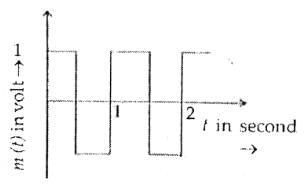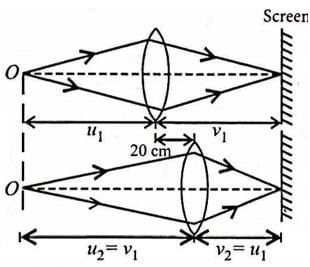DSE Odisha TGT Science PCM Mock Test - 7 - OTET MCQ
30 Questions MCQ Test DSE Odisha TGT Mock Test Series 2024 - DSE Odisha TGT Science PCM Mock Test - 7
Out of two numbers, 66.67% of the bigger number is equal to 90% of the smaller number. If the sum of the numbers is 188, what is the value of the greater number?
Directions to Solve
In each of the following questions, four words have been given out of which four are alike in some manner, while the third one is different. Choose the word which is different from the rest.
Question -
Choose the word which is different from the rest.
| 1 Crore+ students have signed up on EduRev. Have you? Download the App |
'Flower' is related to 'Bud' in the same way as 'Fruit' is related to:
In a school 30% of the students play football and 50% of students play cricket. If 40% of the students play neither football nor cricket, what percentage of total students play both the games?
Three out of the four alternatives are same in a certain way and so form a group. Find the odd one that does not belong to the group.
You can embed an organization chart in a slide by
Material consisting of text and numbers is best represented as
To drag a selected range of data to another worksheet in the same workbook, use the
In a classroom with diverse group of students, a teacher should ______
Choose the pedagogical approach proposed in experimental learning under NEP-2020?
Which of the following statements is true about assessment of learning as per RTE Act 2009 ?
Action research is different from basic research because
What will be your effort for quality based inclusive education for all?
An individual who is lacking in achievement motivation would exhibit _____.
Mobility of charge carriers in a conductor is given by
A virtual image, larger than the object can be produced by
The type of materials whose resistivity is affected on adding the impurity is known as
What is the maximum current that can be drawn from a cell of emf E and internal resistance r connected to an external resistance R?
A screen is placed 90cm away from an object. The image of the object on the screen is formed by a convex lens at two different locations separated by 20cm. Find the focal length of lens.
The amplitude of the magnetic field part of a harmonic electromagnetic wave in vacuum is B0= 510 nT. Amplitude of the electric field part of the wave is
Among the alkali metals cesium is the most reactive because
There is formation of in all five nodes (including terminal nodes) in a string of 12 cm. Thus, wavelength of the waves formed is
When the sets A and B are two events associated with a sample space, then "A ∩ B " is the event common to
The equation of plane passing through the point (0, 7, -7) and containing the line
























